
IphotographtheplantsIfindina bog.
"There'ssomethingmagicaboutit,"
saysJimMurphy.I’dhavetoagree.MurphylivesinKilkishen,Ireland.Heburnsturfasfueltoheathis home.
What’sturf?Turfisamaterialmadeupofdecayingplants.Itisalsocalledpeat.InIreland,peatcomesfromraisedorblanketbogs.Thesecover20 percentofthecountry.I’mEmilyToner,asoilgeographer.Istudy bogs.
Abogisawetlandmadefromwaterandplants.Ahealthybogaddsonemeterofsoileveryone thousandyears.Itisarichandacidic soil.
Walkingonabogfeelslike“walkingonwater.”That’sbecausebogsholdwater.Sphagnummossinbogsholdsupto20 timesitsweightin water.
Bogsholdmorethanjustplantsandwater.Theyalsoabsorbcarbondioxidefromtheair.Thisreducesthegreenhouseeffecton Earth.
How?Carbondioxidetrapsheat.ToomuchofthisgreenhousegascancauseEarth’stemperaturesto rise.
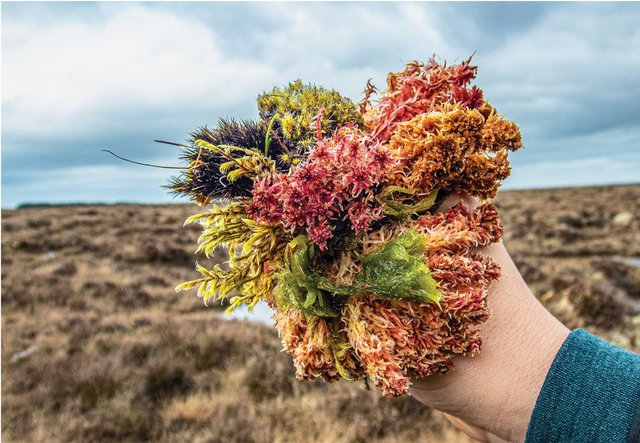
ThisisabouquetofbogmossesIcollectedfromone bog.
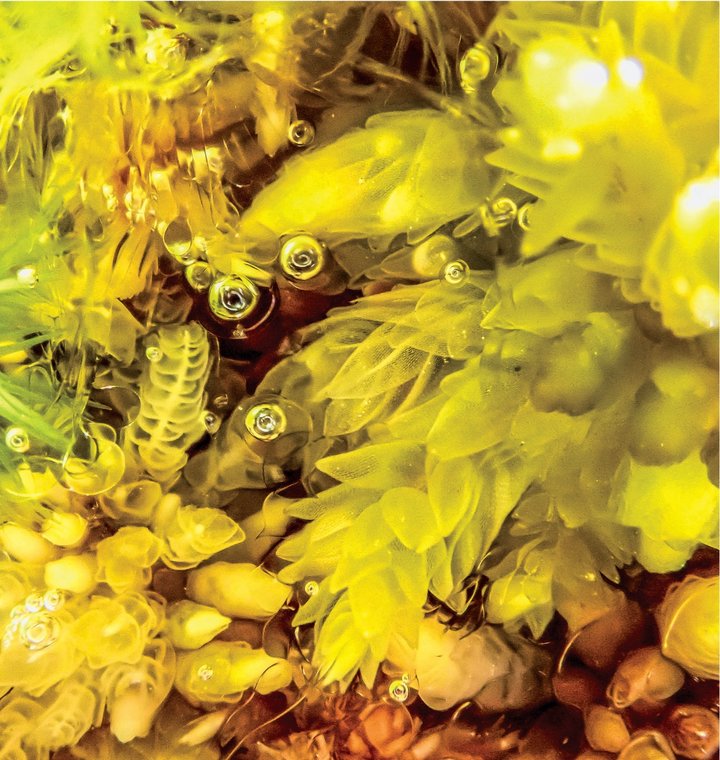
aclose-uplookatsphagnum moss
StoringCarbon
Bogstrapcarbonandkeepitinplace.ThathelpskeepEarth’stemperaturessteady.That’swhywetlandsarecalledcarbonsinks. Theystoretwicethecarbonthat’sheldin forests.
Throughouthistory,peopleinIrelandhavereliedonbogsforsurvival.Wildberriesandotherplantscanprovidefood.Sphagnummosswasonceusedtomakebandagesforwounds.Andpeatcutintobrickstoburnasfuelisstillawidelyused resource.
Sadly,mostofIreland’sbogshaveshrunk.Peopledrainthelandanduseitforotherpurposes,suchas farming.
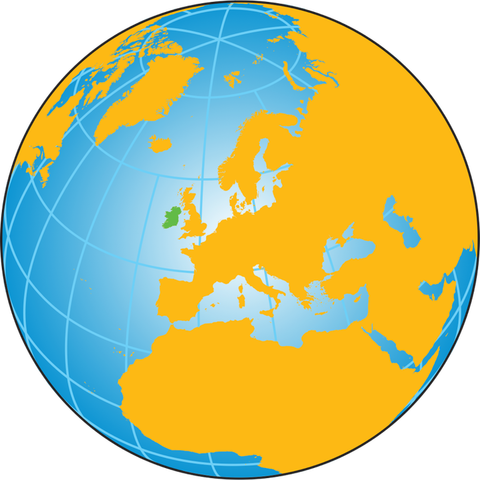
EUROPE
Atlantic
Ocean
Ireland
Atlantic
Ocean
IrishSea
WheretheBogsAre
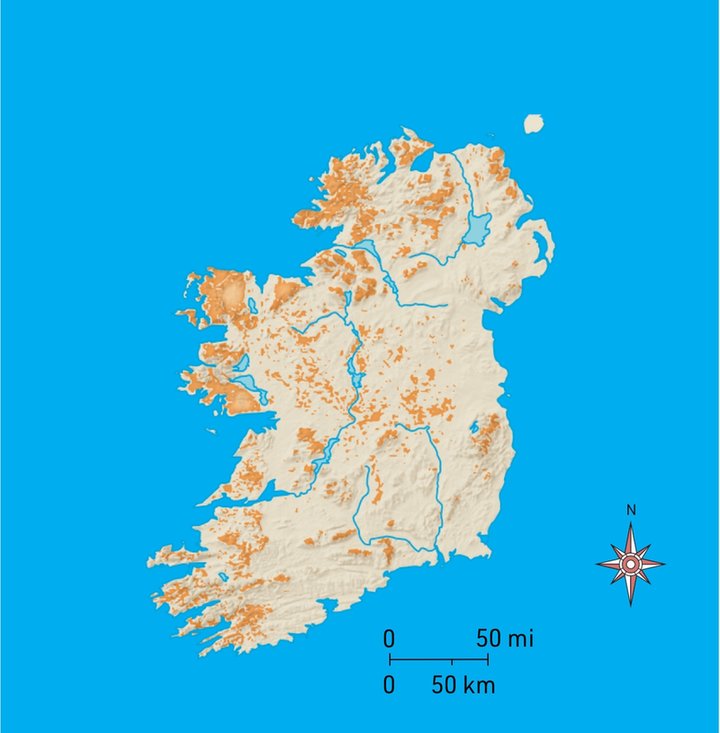
Ireland
HowRaisedBogsForm
AcommontypeofboginIrelandisaraisedbog.Theybegantoformafterthelasticeage10,000yearsago.Hollowsscrapedoutbyglaciersfilledwithwater.Theyformedsmall lakes.
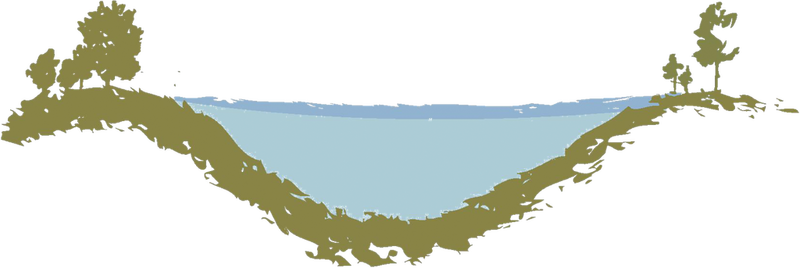
lake
HowRaisedBogsForm
Ontheedgesofeachlake,plantsgrew.Theseincludedreeds,sedges,grasses,andwildflowers.Astheydied,theybegantofillupthe lake.

dead plants
HowRaisedBogsForm
Asthedeadplantspiledup,theycreatedaspongymatcalledafen.

fen
HowRaisedBogsForm
Overtime,thefenthickened.Plantrootsatthesurfacenolongermadecontactwiththegroundwater.Thewaterinthelakebecamemore acidic.
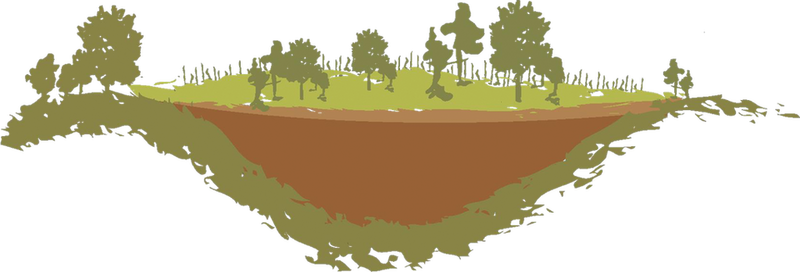
fen plants
HowRaisedBogsForm
Mossescansurviveinacidicconditions.So,theytookover.Theygrewabovethesurfaceofthelake.Theyreplacedtheotherplants.Thisisaraised bog.
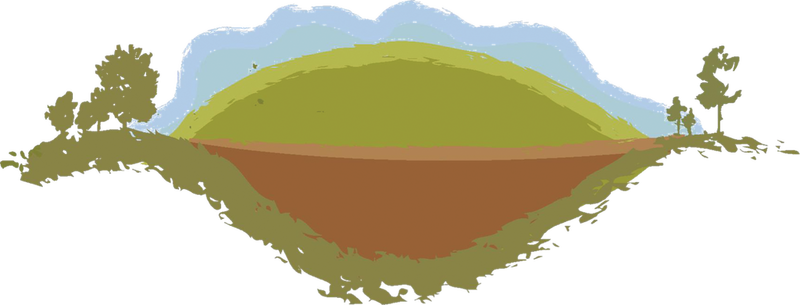
moss